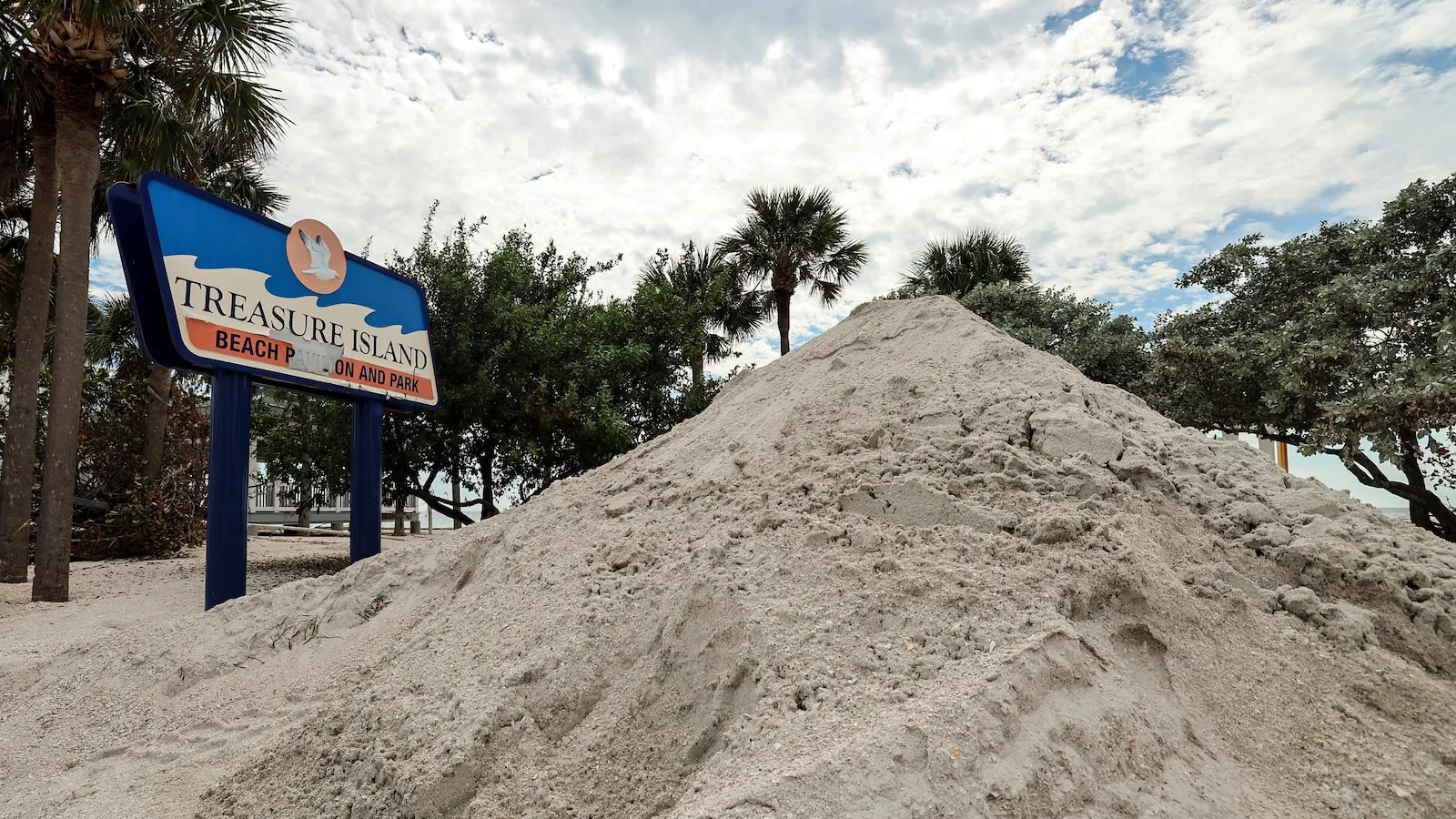When Home Is at Risk: Mayor Payne’s Choice and Community Implications
Mayor Tyler Payne, a fourth-generation Treasure Island resident, shared a heartfelt message with locals about his choice to step down and move his family inland after his house was rendered unlivable. “Though this decision breaks my heart, it’s the best one for my family,” Payne remarked. His message echoed concerns familiar to many Floridians along the Gulf Coast who grapple with decisions to stay or leave each hurricane season.
Beyond immediate concerns of safety, Floridians weigh financial considerations, from rising insurance premiums to repair costs. Those considering a move to Florida face a unique calculus: is living in a hurricane-prone state worth the risk?
Florida’s Draw: Is the Sunshine State Losing Its Appeal?
Despite the state’s vulnerability, Florida’s appeal remains undeniable. Since the devastating 2004 hurricane season, Florida’s population has increased by nearly a third, reaching 23 million. In 2023 alone, over 365,000 new residents moved to the state, highlighting its continued allure. Yet, in light of back-to-back hurricanes, some signs indicate a slight cooling in Florida’s real estate market. In September 2024, single-family home sales were down by 12% compared to the same period last year, with high interest rates, soaring home prices, and escalating insurance costs contributing to this decline.
Florida Realtors’ chief economist, Brad O’Connor, maintains that Florida has historically rebounded swiftly from hurricanes. “Florida recovers faster than you might think,” he explains, pointing to past data that suggests short-term dips but eventual market normalization.
Florida Real Estate and Resilience: How Hurricanes Impact Prices and Population
Following major storms, housing prices in affected areas of Florida often experience unique trends. A study analyzing housing market shifts from 2000 to 2016 found that in the three years after a storm, home prices in impacted areas averaged 5% higher than in other parts of the state due to reduced supply. New buyers in these areas are often wealthier, absorbing the increase in costs that displaced residents may struggle to meet. The demand for resilient, hurricane-code-compliant housing has also grown, with many choosing newly constructed homes designed to withstand powerful storms.
The example of Bay County in the Florida Panhandle—where Hurricane Michael hit as a Category 5 storm in 2018—offers a picture of recovery and demographic change. While Bay County’s population initially fell by about 6%, the county rebounded within four years, attracting a wealthier and more diverse group of residents. Income data from 2022 shows a sharp increase in higher-earning households in the county, from 4.3% before Michael to 8.3%.
Community Recovery and Shifts in Florida’s Population Demographics
As communities rebuild, the local workforce and demographics adapt to meet demands. For instance, Lee County, hit by Hurricane Ian, saw a notable rise in its workforce of younger, single men and an increase in Hispanic workers in utility and transport sectors as construction ramped up. Census data also reveals that Lee County, previously one of the U.S.’s fastest-growing regions, experienced a temporary slowdown in population growth post-Ian but is now attracting new residents once again.
Final Thoughts: Florida’s Coastal Future in an Era of Intensifying Storms
For residents like former Mayor Tyler Payne, the choice to relocate signals a tough but familiar struggle in Florida’s coastal communities. The risk of living in these areas is met with the allure of Florida’s lifestyle, yet growing financial demands make it increasingly challenging. While residents often weigh hurricane resilience against the cost of living, newcomers with more financial resources are drawn to the real estate market, pushing prices higher.
Ultimately, the resilience of Florida’s communities and their real estate market remains strong. With each hurricane season, Floridians and those relocating to the Sunshine State continue to adapt and innovate, ensuring that Florida’s appeal endures, despite its stormy realities.


